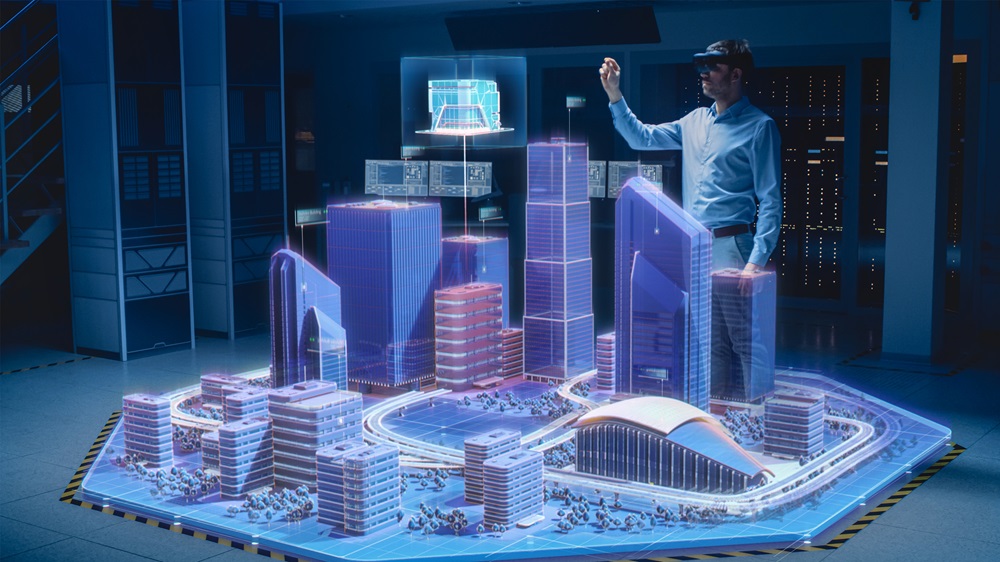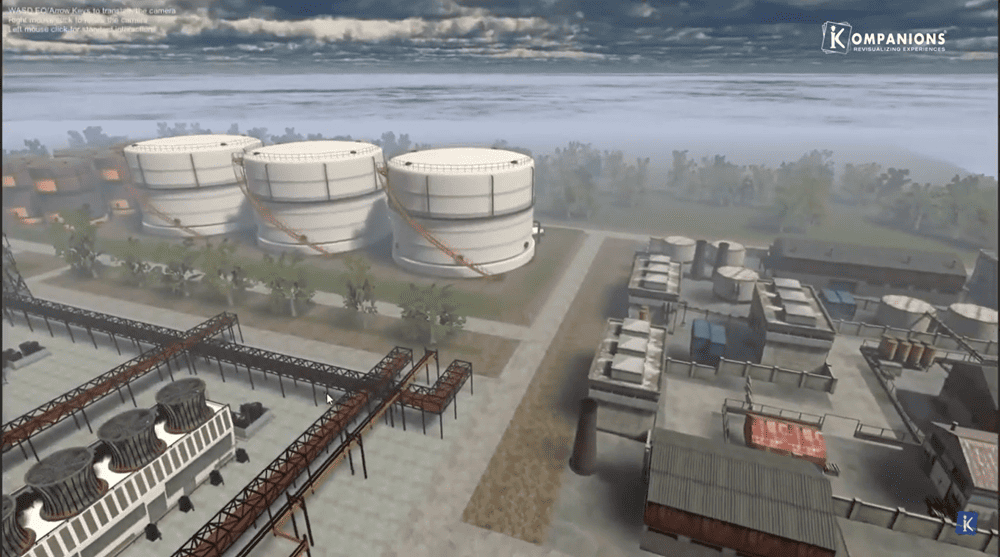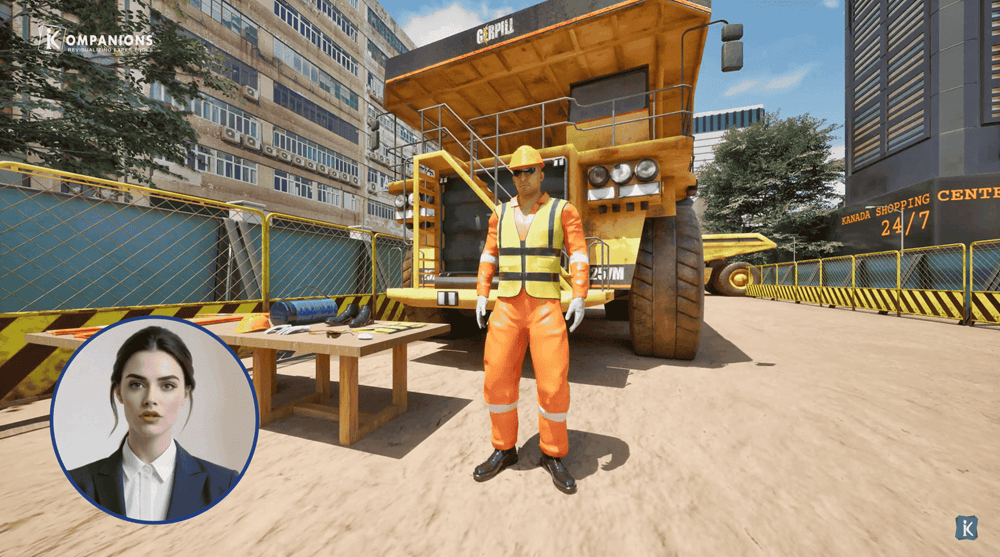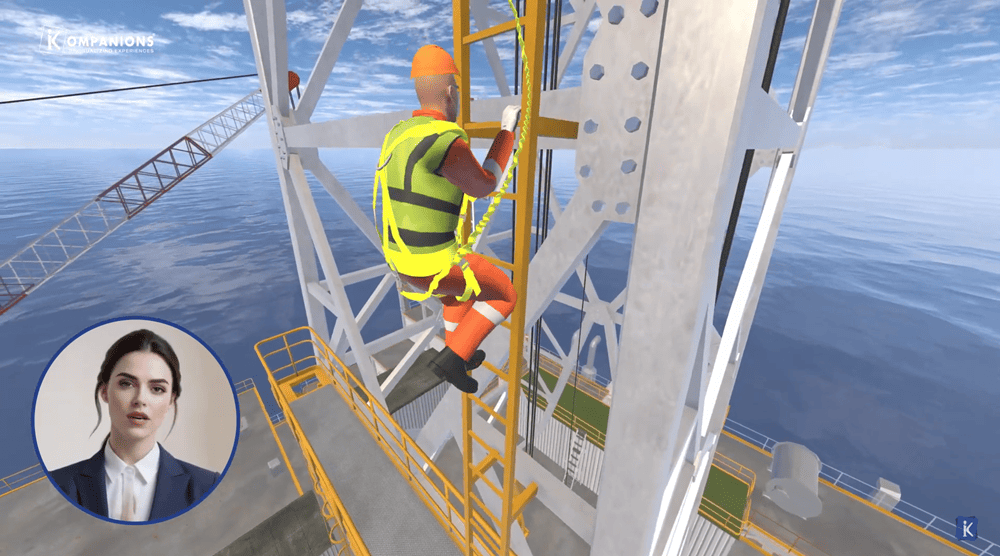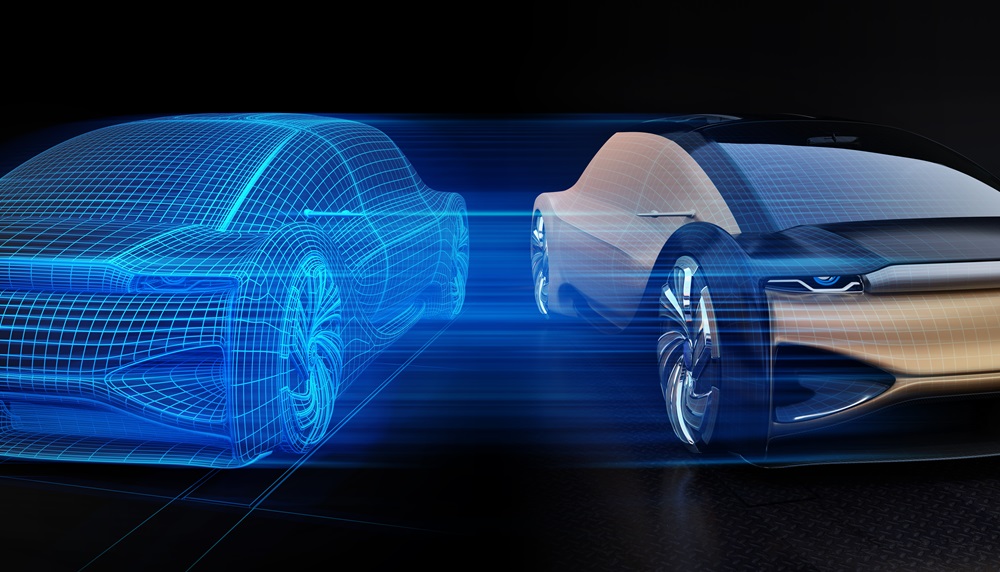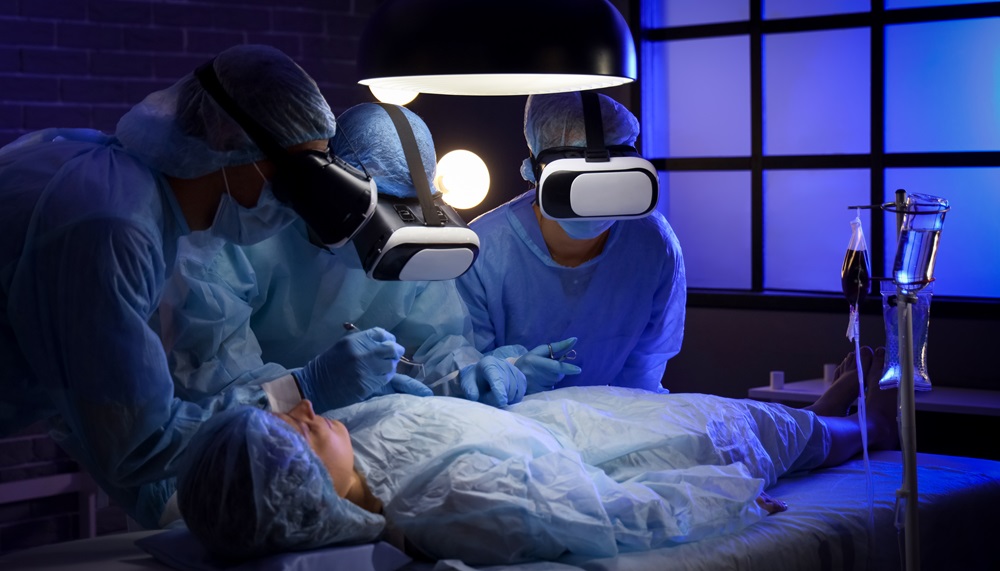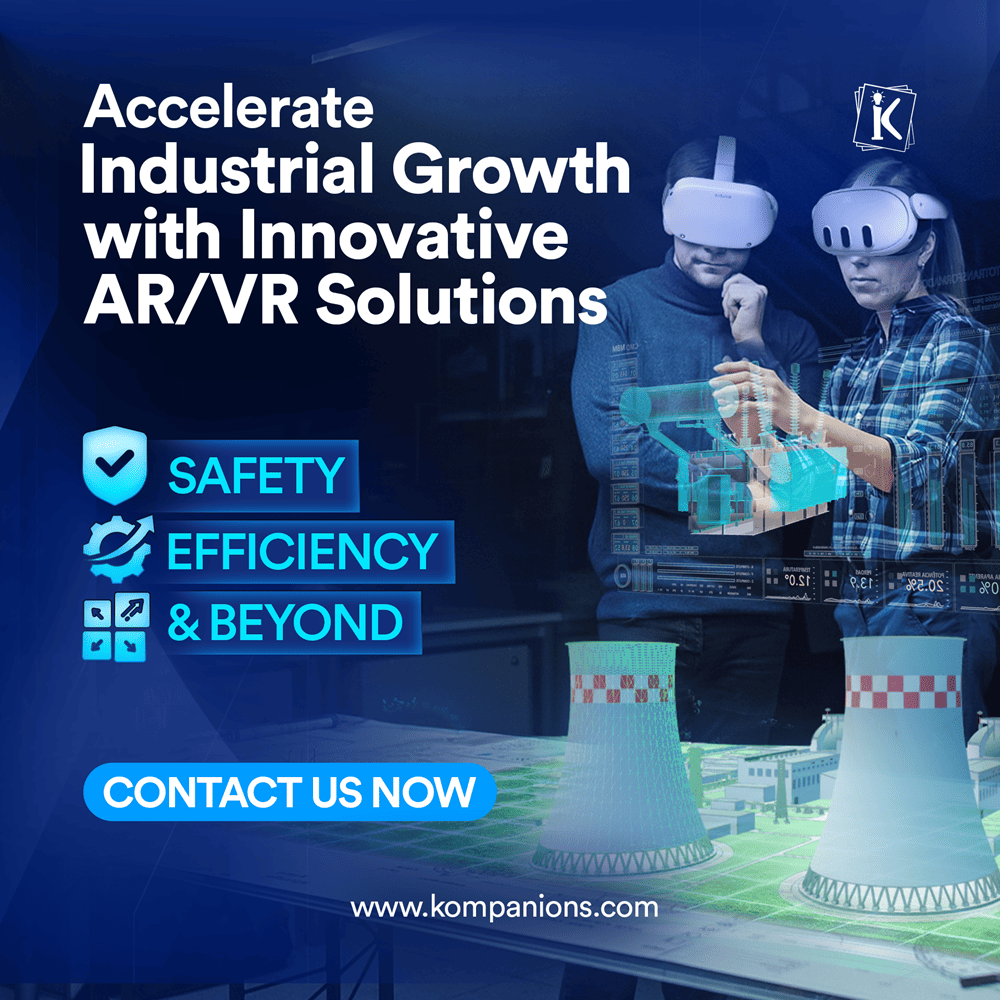How VR Architecture is Transforming Building Design
Virtual reality, in the new age, has transformed the method through which architects and designers approach the design of buildings. Immersive technology is thus integrated into the architectural processes and has bridged the gap between imagination and reality through VR architecture.
This ability to visualize space before construction is becoming indispensable to the industry as a whole. Kompanions, a leading pioneer in immersive technologies, leads the charge on transforming architectural design with VR.
The Rise of VR Architecture Design
The adoption of VR in architecture is motivated by its unmatched advantages. Instead of traditional blueprints and 2D drawings, interactive 3D models are becoming the new norm, allowing for real-time experience in an immersive environment.
Benefits of VR in Architectural Visualization
● Architects and clients can walk through virtual models of buildings even before construction. This helps them better understand spatial relationships and design elements.
● VR helps detect errors much earlier than if they are left for the construction phase, avoiding expensive revisions.
● Client communication is improved as they can experience designs as if they were physically present in the space, eliminating ambiguities and ensuring satisfaction.
Statistics Supporting VR in Architecture
Recent studies point out the success of VR in architecture:
- 63% of architecture firms said clients engaged more when using VR.
- VR-based projects observe a 30% decrease in design revisions.
- The global architectural VR market is likely to reach $8 billion in 2027, growing at a CAGR of 19.7%.
Applications of Virtual Reality in Architecture
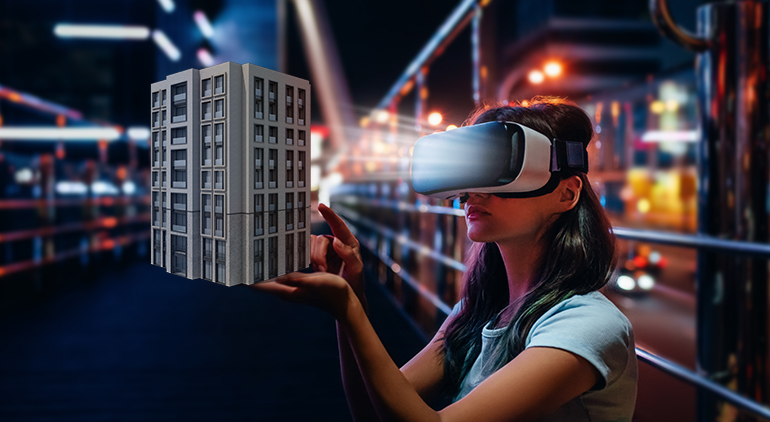
VR has revolutionized the architectural landscape, offering innovative solutions that enhance design, visualization, and collaboration. Its applications extend beyond traditional methods, providing immersive experiences that streamline project development and client engagement.
Let's discuss some of its key applications below:
1. VR interior design and home planning
VR interior design is changing how people and designers look at interiors. In this virtual reality environment, a client can experiment with materials, furniture, and lighting to make decisions.Due to customizable options, real-time changes of color, texture, and layouts are possible. Virtual staging can be utilized for real estate agents to represent the property appropriately.
2. Architectural visualization for urban planning
Cities use VR architecture design to simulate the flow of traffic and to plan infrastructure. Major projects are envisioned in advance so that their actual construction is as seamless as possible.
3. Integration with building information modeling (BIM)
The combination of VR with BIM will provide real-time updates to virtual models based on changes in the BIM data. This integration helps the architects, engineers, and contractors with better collaboration for design and construction workflow.
Unleash the power of VR architecture with Kompanions. Let's bring your vision to life with immersive technology.
How Virtual Reality Design Enhances Collaboration
VR significantly improves team collaboration. It allows remote access, meaning that teams can work on designs irrespective of their locations. Interactive sessions allow multiple users to engage with the same virtual model at the same time.
For clients, VR offers immediate feedback opportunities, which lead to faster approval cycles and fewer misunderstandings.
Comparing Traditional Design vs. VR Architecture Design
| Feature | Traditional Design | VR Architecture Design |
| Visualization | Static 2D/3D images | Immersive 3D walkthroughs |
| Client | Understanding | Limited Comprehensive |
| Error Identification | Post-construction | Pre-construction |
| Collaboration | Restricted to meetings | Real-time, remote |
| Revision Costs | High | Reduced |
Future Trends in Virtual Reality and Architecture
The future of VR in architecture looks promising with emerging trends:
● Integration with AI: AI-based VR tools will automate the design process and enhance predictive analysis of design decisions.
● Real Estate in the Metaverse: VR is key to creating digital twins of real estate, which helps prospective buyers see properties.
● Sustainability in Design: VR simulations allow architects to check energy efficiency and even simulate eco-friendly designs before construction.
Why Architects Should Embrace VR Now
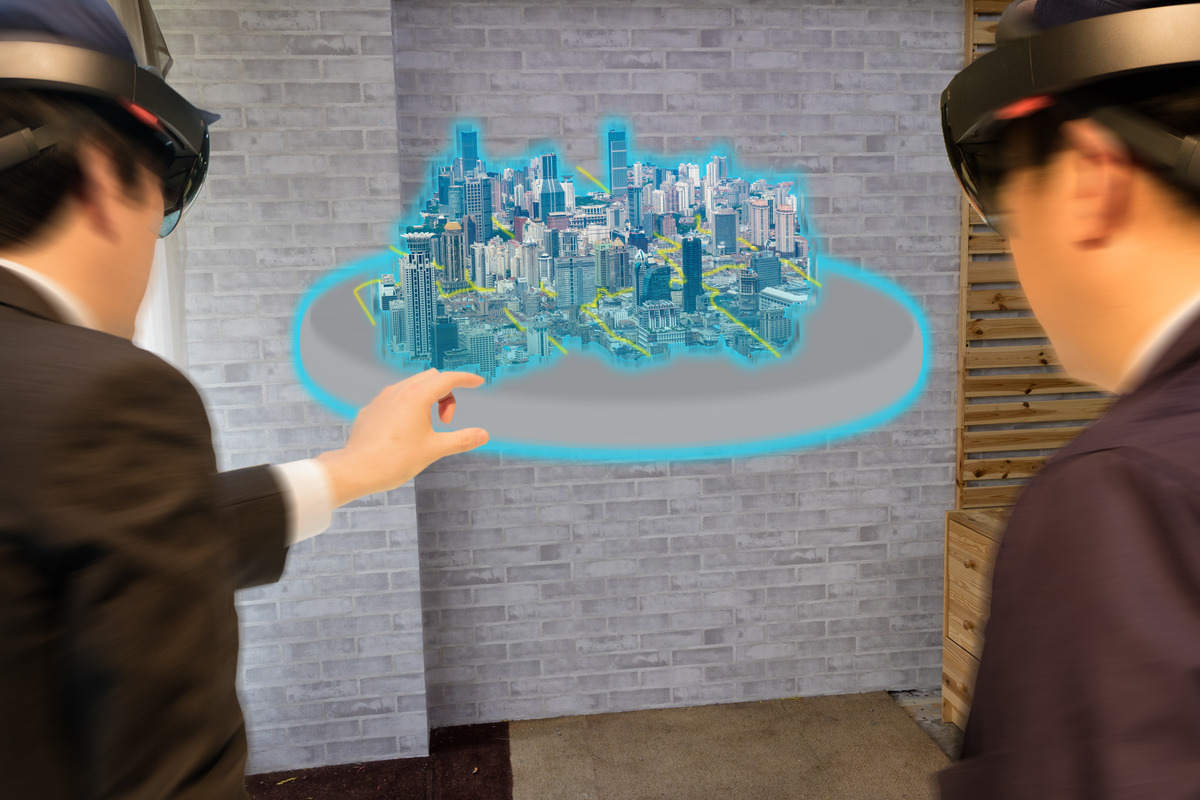
The advantages of VR architecture design are too important to be overlooked. This technology can help architects remain competitive in this rapidly changing market while providing innovative solutions that attract clients to work with them while delivering projects with precision and efficiency.
Architectural virtual reality can benefit residential projects such as custom homes and renovations, commercial spaces like retail stores and offices, and Industrial VR applications for factories and large-scale infrastructure projects.
Partner with Kompanions to transform your architectural designs through innovative VR solutions. Contact us today to learn more.
Conclusion
Virtual reality and architecture are a match made for innovation. From architectural visualization to VR interior design, possibilities are infinite. Architects can design smarter, collaborate better, and deliver outstanding experiences to their clients if they embrace VR.
Kompanions offers cutting-edge architecture services related to VR technology and brings life to your imagination. Work with us for your design processes that can turn designs into possible things in architecture.

